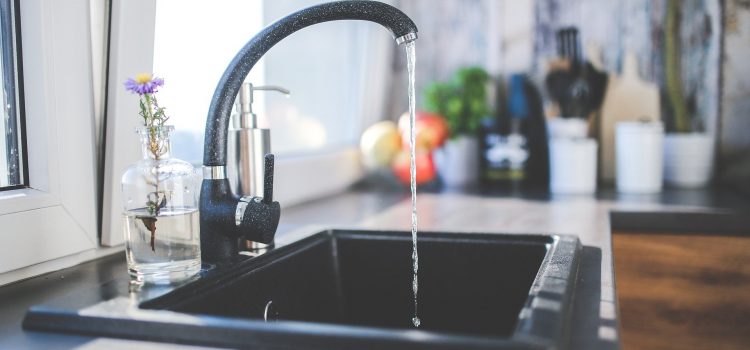
There’s nothing worse than returning home after a hard day of work to a leaking kitchen sink. The kitchen sink is one of the most used areas and tools in almost every household. When it malfunctions, it clogs up your whole routine. It is a real hassle to find someone to fix it; but here is a comprehensive guide on how to fix and find the problem area.
What should you do prior to finding the leak?
You have to locate where the leak is coming from, check the pipes beneath your sink to find any sign of moisture. If you can’t feel anything, open the cold water and let it run; look under the sink again and you’ll be able to locate the leak more easily this time by following the water droplets. Leakage can be caused by the plastic seal between the sink, the strainer and washer being damaged, old or rusty.
One quick tip always keep the manufacturer’s manual of the sink under it to be able to locate it easily. Be safe while trying to fix the leakage, be sure to cut the water supply and be careful around sharp edges. Beneath find the most common type of leaks:
-
- Damage and/or clogged pipes.
-
- Clogged P-Trap
-
- Leaky drain
-
- Broken reverse osmosis system
-
- Water supply leak
-
- Faucet leak
-
- Loose water supply connection
-
- Damaged O-Ring
How to fix the most common leaks.
1. Loose water supply connection
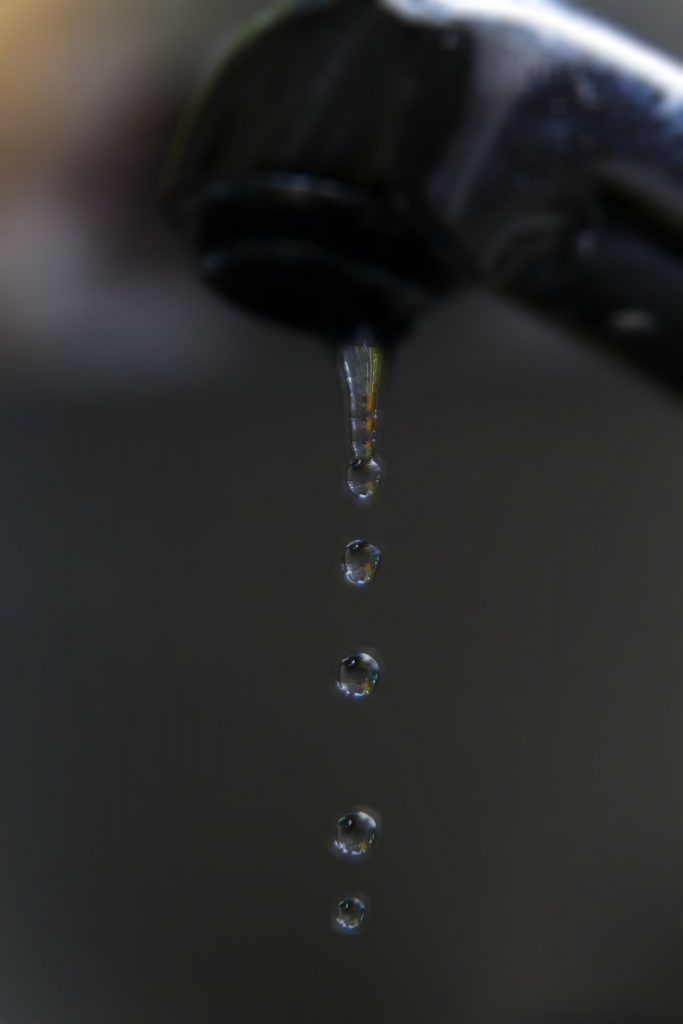
If you find that the leak underneath the skin is constant, the issue might be with the water supply connection. Most kitchen sinks tend to have 2 water supply connections, but some tend to have 3 as well. Each of them may cause a separate issue in terms of leakage and you’ll have to check them all. Because the connection is under the sink, it might to too late when you notice the leak as it might have already soaked your cabinets. Don’t take the saying out of sight out of mind too literally here.
In most cases, it is because of a faulty gasket in the connection and this can be easily fixed with the help of a wrench; you just have to tighten the connection for it to go back to normal. It could also be because the water line has been corroded, and you just need to replace the corroded part to fix it.
2. Drain leak
This is the most common leaks that most people experience and is the easiest to locate. To see if this is the issue, turn the water on and plug your sink, let it fill to the top, then unplug it and let the drain do its job. If you notice any leak while the water is draining, then there is your problem. It is usually sealed with plumber’s putty and it prevents any leaks. But over time, the putty gets old, dry and thins out, thus being unable to cope with the water pressure. The leak may also be because your drain is worn out and needs to be changed.
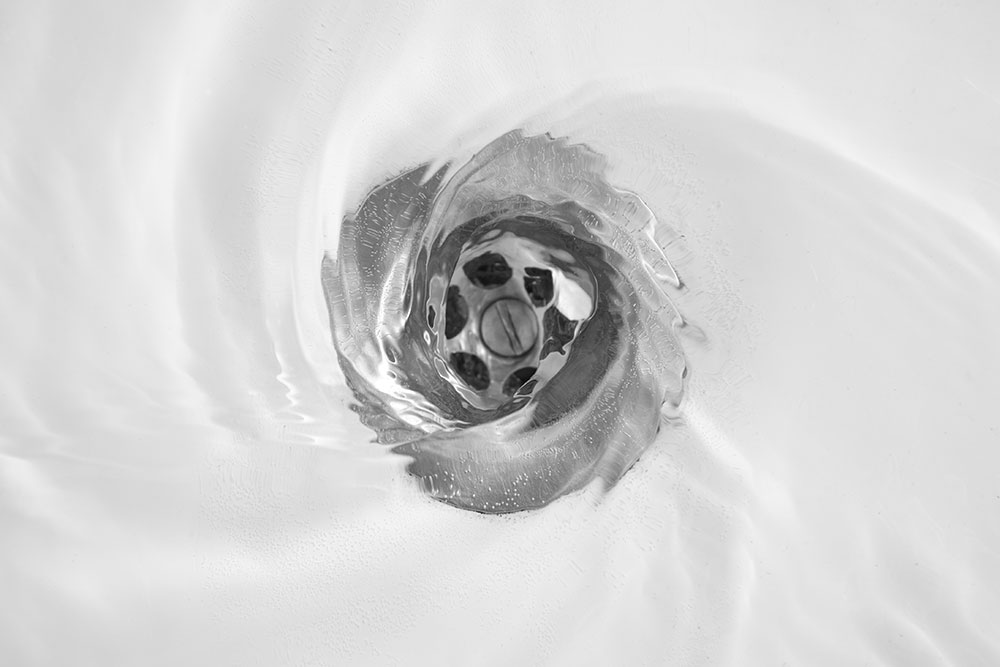
Sometimes, just tightening a few loose screws can do the job, or you just have to replace the plumber’s putty, which you can find at any hardware store. You can remove the drain carefully, remove and then replace the plumber’s putty and put it back in place, and this usually does the job. If you still have some issues after doing this, I recommend calling a plumber to fix it for you.
3. Clogged P-Trap
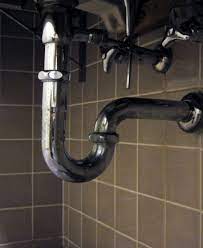
It is a plumbing fixture that serves several purposes, but it mainly traps debris drained from the sink, thus preventing them from clogging the plumbing system later down the line and it also stops sewer gas from passing into your home. It is the curved pipe section beneath the sink and prevents bad smells from exiting the drain system.
If you notice a combination of bad smell and leaking, then it is most definitely the P-Trap system that has clogged. Over time, sediment, small pieces of food and gunk collect at the bottom of this curved pipe and blocks it from doing its job properly. You can try to unplug it with a plunger or some chemical that will eliminate all these detritus. This might do the job; if you continue to notice the leaking, it might be due to a corroded metal part. If this is the case, you’ll have to replace it entirely. I wouldn’t recommend you to DIY this part. Ring up your plumber and let the professional do their job.
Sound off in the comment section below and tell us if you learnt anything new today and if this helped you in your plumbing endeavors.

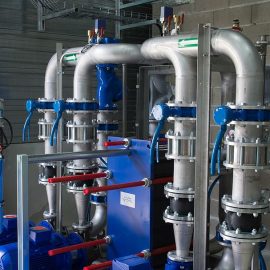
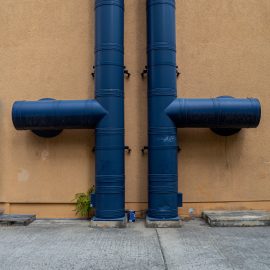
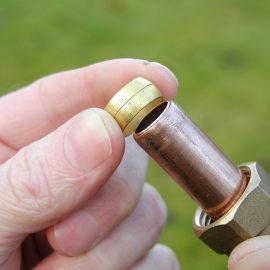
All the tips you mentioned above was excellent and informative about kitchen sink. Keep on sharing.